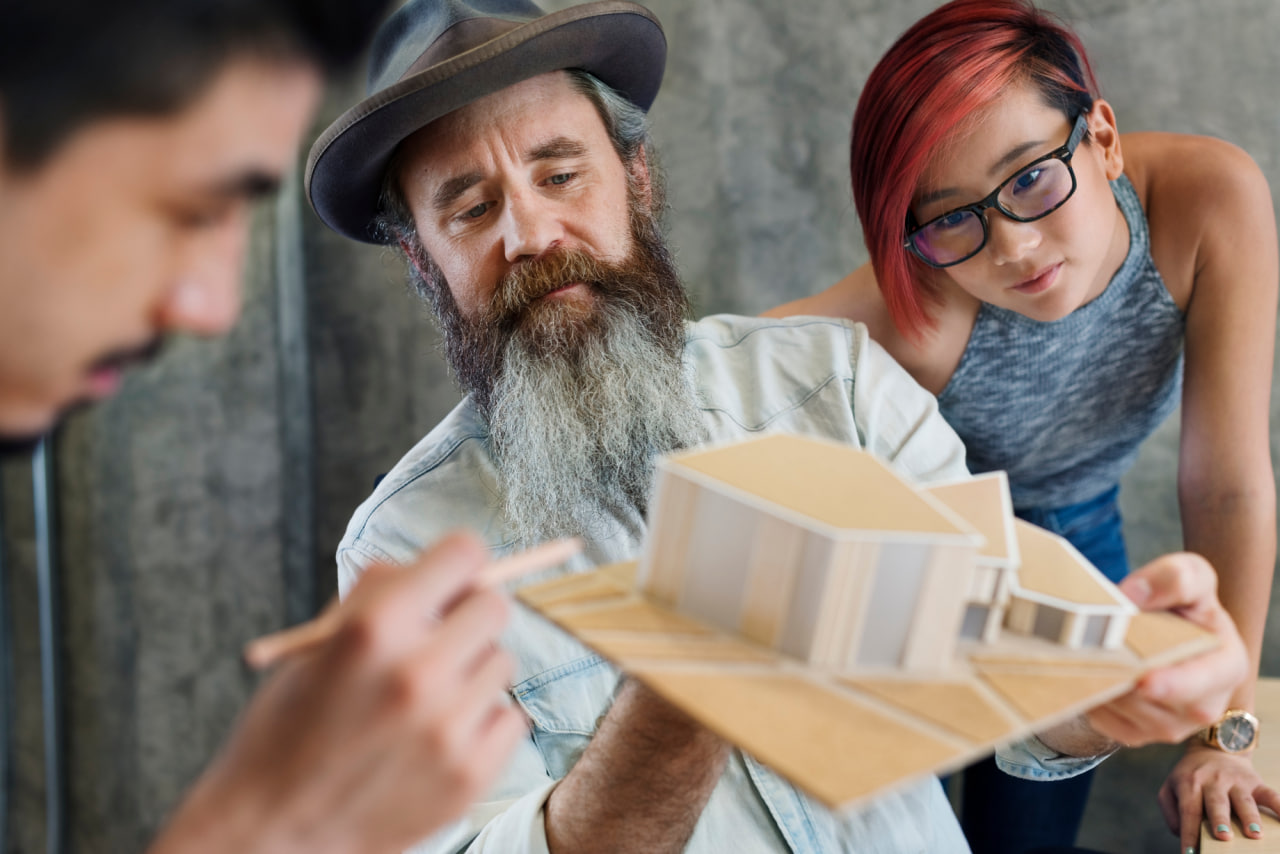Painting and Weathering Techniques for Realistic Finishes
Introduction to Realistic Finishes
Achieving a realistic finish on models, miniatures, or any painted surfaces is an art that combines skill, patience, and knowledge of materials and techniques. Painting alone is not enough to bring a model to life; weathering techniques add depth, character, and authenticity by simulating wear and environmental effects. This blog will explore essential painting and weathering methods to help you create finishes that look convincingly real.
Preparing the Surface for Painting
Before applying any paint or weathering effects, proper surface preparation is critical. This step ensures paint adhesion, smooth application, and an even finish.
Start by cleaning the model to remove oils, dust, or residues. Use mild soap and water or specialized plastic cleaners, then allow the piece to dry thoroughly. Sand any rough spots, mold lines, or imperfections using fine-grit sandpaper or hobby files. Finally, apply a primer suited to your model’s material and the paint type you’ll be using. Primers help paint stick better and highlight any surface flaws that need correction.
Choosing the Right Paints
Selecting the appropriate paint type is essential for a realistic finish. Acrylics, enamels, and oils are popular choices, each with its strengths.
Acrylic paints dry quickly, are easy to clean with water, and have low odor, making them ideal for beginners and airbrushing. Enamels offer durable finishes and smoother leveling but require solvents for thinning and cleaning. Oils are favored for blending and weathering effects due to their slow drying times, allowing extended manipulation.
Choosing quality paints with high pigment concentration enhances color richness and coverage. Test paints on scrap material to understand their drying times and finish.
Basic Painting Techniques
Base Coating
Apply an even base coat over the primed surface using brushes, spray cans, or airbrushes. The base color sets the tone for your model and should be applied thinly in multiple layers to avoid obscuring details.
Layering and Blending
Building up layers of paint creates depth and subtle variations. Use thin, translucent layers called glazes to gradually shift hues or add shading. Wet blending, where two colors are blended while still wet, is an advanced technique that helps create smooth color transitions.
Dry Brushing
Dry brushing highlights raised details by lightly brushing a nearly dry paint-loaded brush over the surface. It enhances textures such as edges, rivets, or panel lines, giving models more dimensionality.
Detailing
Fine brushes or toothpicks help add small details like rivets, scratches, or panel seams. Precision and steady hands are key to avoid smudging or overpainting.
Weathering Techniques to Add Realism
Weathering simulates the effects of time, use, and environment on a surface. It can evoke dirt, rust, fading, scratches, and other imperfections that make models look lived-in and believable.
Washes
A wash is a thinned paint applied over the model to settle into crevices and recesses, accentuating shadows and textures. Dark washes are most common, using colors like black, brown, or sepia. Apply liberally and then wipe away excess with a cloth or cotton swab, leaving paint in the recesses.
Chipping
Chipping mimics paint wear exposing the underlying material. Use a small sponge or fine brush to dab contrasting paint colors in areas where natural wear occurs, such as edges, corners, or high-contact zones.
Rust Effects
Rust adds authenticity to metal models exposed to moisture. Use rust-colored pigments, oil paints, or special rust effect products. Apply unevenly with a sponge or stippling brush and blend edges for natural patterns.
Streaking and Dirt
Create streaks from rain, oil, or grime by dragging a fine brush vertically with diluted paint or pigments. Dirt and dust can be added using pastel powders or airbrushing lightly over the model’s lower surfaces.
Pigments and Pastels
Weathering pigments are powders that simulate dust, soot, or rust. Apply dry with a brush or fix with a pigment fixer or matte varnish. Pastel chalks ground into powder serve the same purpose.
Salt Weathering
A popular method for chipped paint is salt weathering. Apply water and salt to areas before painting, then remove the salt after drying to reveal natural-looking chipped spots.
Sealing and Finishing
Once painting and weathering are complete, sealing protects your work and unifies the finish.
Matte, satin, or gloss varnishes can be sprayed or brushed on depending on the desired look. Matte finishes reduce shine and enhance realism, while gloss finishes are useful for wet or oily effects. Satin offers a balance between the two.
Multiple thin coats provide better protection and smoother results than one thick coat.
Tips for Success
- Practice on test pieces before applying new techniques to your main model.
- Study real-world references to understand how materials age and wear.
- Use high-quality brushes and tools to improve control and detail.
- Work in a well-lit, ventilated space to see colors and textures clearly.
- Be patient—weathering is best done gradually, layering effects for subtlety.




